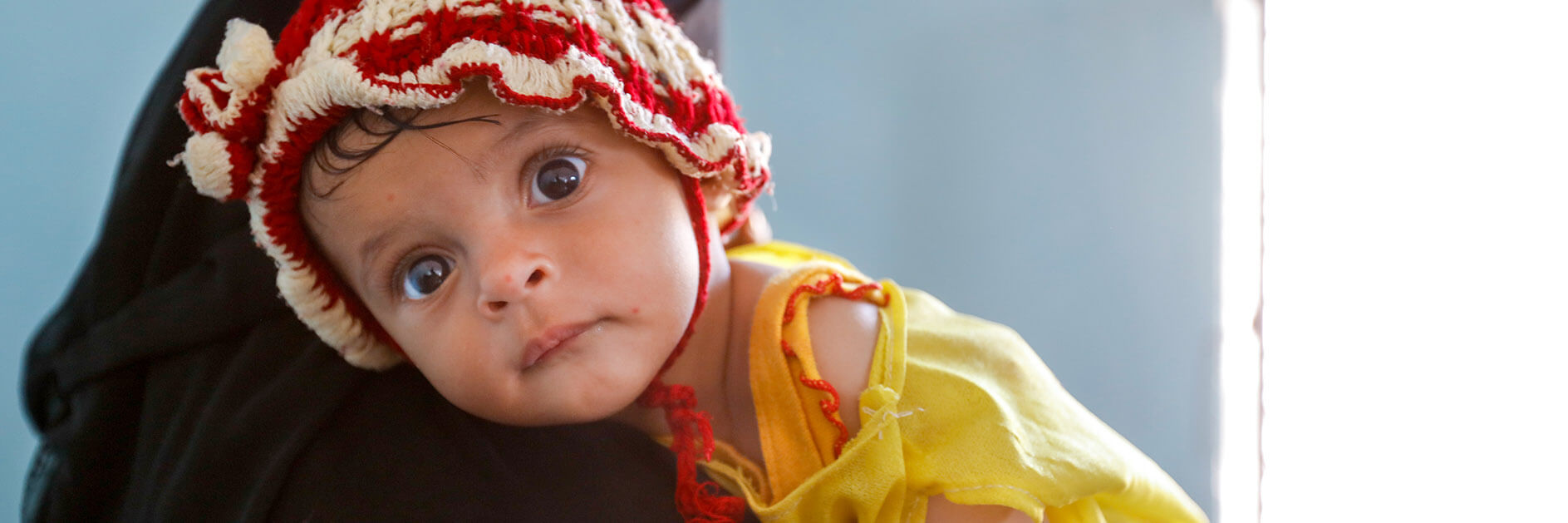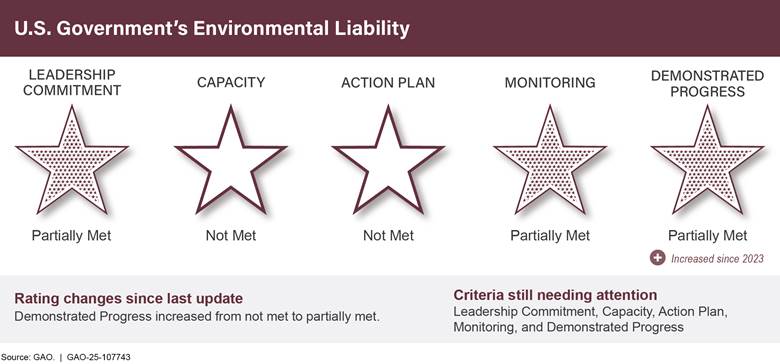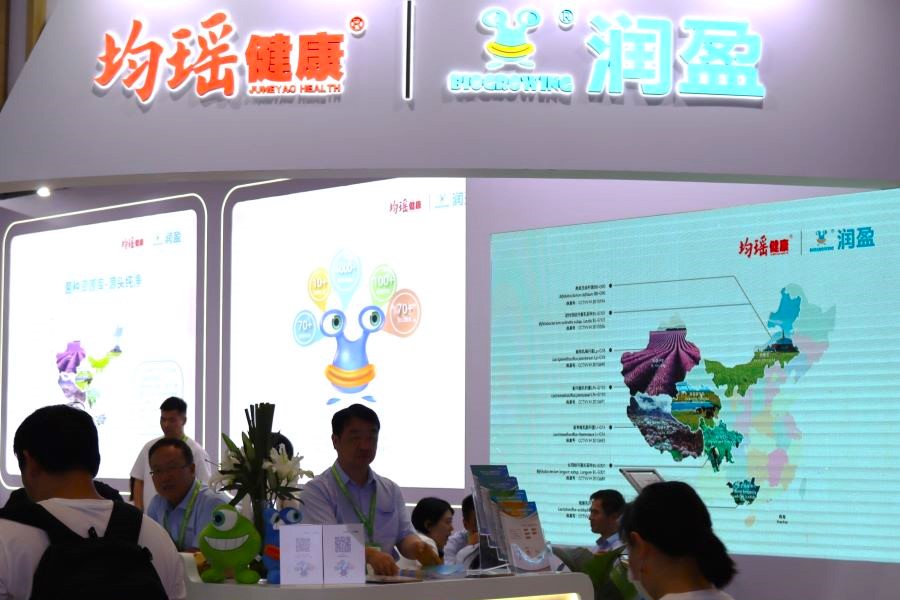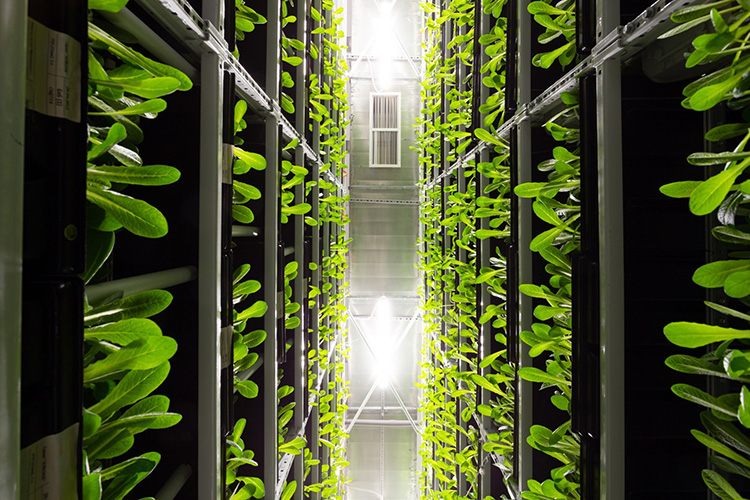Report on the Malnutrition Crisis in Northeast Nigeria and its Alignment with Sustainable Development Goals
This report details the escalating malnutrition crisis in northeast Nigeria, particularly Borno State. It examines the primary drivers of this crisis, its impact on the population, and the humanitarian response, with a significant focus on the implications for achieving the United Nations Sustainable Development Goals (SDGs).
Drivers of the Crisis: A Multi-faceted Challenge to SDGs
The high rates of malnutrition in the region are a result of interconnected factors that directly undermine progress towards several SDGs. These challenges create a cycle of vulnerability that is difficult to break.
H3: Conflict, Displacement, and the Erosion of SDG 16
Protracted armed conflict has been a primary driver of the crisis, severely impacting SDG 16 (Peace, Justice and Strong Institutions). The violence has led to:
- Mass displacement of families from their homes.
- Disruption of agricultural activities and traditional livelihoods, which contravenes SDG 8 (Decent Work and Economic Growth).
- A loss of resources and assets, pushing communities deeper into poverty and hindering SDG 1 (No Poverty).
H3: Climate Shocks and Food Insecurity’s Threat to SDG 2 and SDG 13
The situation is compounded by environmental factors that challenge SDG 13 (Climate Action) and directly threaten SDG 2 (Zero Hunger).
- Severe flooding and the worst lean season in years have devastated food supplies and agricultural land.
- These climate shocks disrupt food production and access, leading to rising food prices and acute food insecurity for vulnerable families.
Humanitarian Impact: The Cost to Health and Well-being (SDG 3)
The crisis has a profound human cost, with children and women being disproportionately affected. The health and well-being of the population, a cornerstone of SDG 3 (Good Health and Well-being), is under severe threat.
H3: Impact on Children and Vulnerable Groups
Testimonies from the field highlight the severity of the situation. Fatima Umar, a displaced seamstress, noted her daughter Zara became “severely malnourished…frail and she couldn’t even crawl because of the weakness.” This illustrates the direct consequences on child development.
Key impacts include:
- A surge in admissions for severe acute malnutrition (SAM) at health facilities, as observed by IRC outpatient nurse Maryam Aliyu Umar.
- Long-term developmental issues in children who survive malnutrition.
- Increased vulnerability for women and girls, who face heightened risks, including targeted violence, as noted in the reasons for Fatima’s displacement, undermining SDG 5 (Gender Equality).
Humanitarian Response: The IRC’s Interventions for SDG 2 and SDG 3
The International Rescue Committee (IRC) is implementing targeted programs to combat malnutrition and support communities, directly contributing to the advancement of SDG 2 and SDG 3.
H3: Scaling Up Treatment and Innovative Approaches
The IRC’s strategy focuses on accessibility, efficiency, and community integration. In 2023, these efforts reached 125,372 children under five across 7 hospitals and 65 community facilities.
- Community-Based Diagnosis and Treatment: Community health workers are trained to use simplified tools, such as color-coded measuring tapes (MUAC), to diagnose malnutrition and provide treatment with nutritional peanut paste at the local level.
- Integrated Treatment Model: The IRC advocates for a streamlined approach that combines the treatment for severe acute malnutrition (SAM) and moderate acute malnutrition (MAM). This method has a recovery rate of over 90% and allows resources to be used more effectively to reach more children.
- Capacity Building: Training is provided to caregivers and mothers on nutrition practices and how to detect malnutrition at home, empowering communities to be the first line of defense.
Conclusion: A Call for Sustained Action to Achieve Global Goals
While proven and effective treatments for malnutrition exist, the scale of the crisis in Nigeria and globally—with an estimated 45 million children suffering from acute malnutrition—demands a more robust and sustained response. Achieving SDG 2 (Zero Hunger) and SDG 3 (Good Health and Well-being) requires a global commitment to:
- Prioritizing and funding simplified, innovative treatment approaches to reach the most vulnerable.
- Integrating humanitarian responses with long-term development strategies that address the root causes of the crisis, including conflict (SDG 16) and climate change (SDG 13).
- Securing collaborative action and resources to ensure life-saving interventions are available to every child in need.
SDGs Addressed in the Article
-
SDG 2: Zero Hunger
The article’s primary focus is the “growing malnutrition crisis” in northeast Nigeria, directly addressing the goal of ending hunger and all forms of malnutrition. It details how a combination of factors has “severely undermined families’ access to essential food supplies,” leading to “severe acute malnutrition,” particularly in children.
-
SDG 3: Good Health and Well-being
The article connects malnutrition directly to health outcomes, stating it “is severely threatening the health and well-being of the population—especially for children.” The response described, involving treatment at clinics and community facilities by organizations like the IRC, falls under the goal of ensuring healthy lives and promoting well-being.
-
SDG 13: Climate Action
The article identifies “climate shocks” and “recent severe flooding” as key contributors to the crisis. It explains that these events “devastate food supplies, disrupt agricultural activities, and displace families,” linking the issue of food security directly to the impacts of climate-related disasters.
-
SDG 16: Peace, Justice and Strong Institutions
The article explicitly names “violence” and “armed conflict” as root causes of the crisis. It states that for over a decade, conflict has “forced countless families from their homes, disrupting their ability to farm and earn a livelihood.” This highlights the connection between the absence of peace and the rise of hunger and poverty.
Specific Targets Identified
-
SDG 2: Zero Hunger
-
Target 2.1: By 2030, end hunger and ensure access by all people… to safe, nutritious and sufficient food all year round.
Explanation: The article highlights a failure to meet this target, describing widespread “food insecurity” and how families lack “access to essential food supplies.” -
Target 2.2: By 2030, end all forms of malnutrition… including… wasting in children under 5 years of age.
Explanation: This is the central issue of the article. It repeatedly refers to “severe acute malnutrition” and “wasting” in children, such as the case of Zara who was “severely malnourished” and “frail.” The IRC’s work is aimed directly at this target.
-
Target 2.1: By 2030, end hunger and ensure access by all people… to safe, nutritious and sufficient food all year round.
-
SDG 3: Good Health and Well-being
-
Target 3.2: By 2030, end preventable deaths of newborns and children under 5 years of age.
Explanation: Severe acute malnutrition is a life-threatening condition. The IRC’s treatment programs, which help “over 90% of malnourished children recover,” are a direct intervention to prevent child mortality. -
Target 3.8: Achieve universal health coverage, including… access to quality essential health-care services.
Explanation: The IRC’s operation of “7 hospitals and 65 community facilities” to treat malnutrition demonstrates an effort to provide essential healthcare services to vulnerable and displaced populations who would otherwise lack access.
-
Target 3.2: By 2030, end preventable deaths of newborns and children under 5 years of age.
-
SDG 13: Climate Action
-
Target 13.1: Strengthen resilience and adaptive capacity to climate-related hazards and natural disasters in all countries.
Explanation: The article points to a lack of resilience, noting that “climate shocks” and “severe flooding” are exacerbating the malnutrition crisis by devastating food supplies and displacing families.
-
Target 13.1: Strengthen resilience and adaptive capacity to climate-related hazards and natural disasters in all countries.
-
SDG 16: Peace, Justice and Strong Institutions
-
Target 16.1: Significantly reduce all forms of violence and related death rates everywhere.
Explanation: The article identifies “armed conflict” and the “constant threat of armed groups” as a primary driver that has disrupted livelihoods and forced people from their homes, directly linking violence to the humanitarian crisis.
-
Target 16.1: Significantly reduce all forms of violence and related death rates everywhere.
Indicators for Measuring Progress
-
Indicators for SDG 2 (Zero Hunger)
- Prevalence of malnutrition in children under 5: The article implies this indicator by stating, “The number of children who suffer from malnutrition is increasing.”
- Number of children treated for acute malnutrition: A direct indicator is provided: “Across 2023 a total of 125,372 children under the age of 5 received treatment from our teams.”
- Use of Mid-Upper Arm Circumference (MUAC) measurement: The article mentions the use of a “color-coded, numbered measuring tape” to diagnose children, which is a direct reference to the MUAC tape used to measure wasting (Indicator 2.2.2).
- Recovery rate from malnutrition treatment: The article provides a specific performance indicator, stating the IRC’s method is “proven to help over 90% of malnourished children recover within weeks.”
-
Indicators for SDG 3 (Good Health and Well-being)
- Number of functioning health facilities: The article mentions the IRC is “working across 7 hospitals and 65 community facilities,” which can be used as an indicator of service availability.
-
Indicators for SDG 13 & 16 (Climate Action & Peace)
- Number of people displaced by conflict or disaster: The article implies this indicator by repeatedly mentioning that “armed conflict… has forced countless families from their homes” and that flooding “displaces families.”
Summary of Findings
| SDGs | Targets | Indicators |
|---|---|---|
| SDG 2: Zero Hunger |
2.1: End hunger and ensure access to food.
2.2: End all forms of malnutrition, especially wasting in children under 5. |
– Prevalence of malnutrition (“The number of children who suffer from malnutrition is increasing”). – Number of children under 5 treated (125,372 in 2023). – Use of MUAC (“color-coded, numbered measuring tape”). – Recovery rate from treatment (“over 90% of malnourished children recover”). |
| SDG 3: Good Health and Well-being |
3.2: End preventable deaths of children under 5.
3.8: Achieve universal health coverage and access to essential services. |
– Number of health facilities providing services (“7 hospitals and 65 community facilities”). |
| SDG 13: Climate Action | 13.1: Strengthen resilience to climate-related hazards and natural disasters. | – Number of people displaced by disasters (Flooding “displaces families”). |
| SDG 16: Peace, Justice and Strong Institutions | 16.1: Significantly reduce all forms of violence. | – Number of people displaced by conflict (“armed conflict… has forced countless families from their homes”). |
Source: rescue.org







